After a high performance home has been designed, constructed, and commissioned, what ensures that the home is actually operated at peak performance? It takes just 24 easy-reading pages for the homeowner to learn just how simple it is to achieve the full benefits of these particular energy-efficient, comfortable, healthy, and durable homes.
Your Detroit Shoreway Community Development Home and the Building America Difference
Congratulations! Your high performance home is built to stringent Building America* criteria. It has been designed and constructed to deliver superior
- energy-efficiency,
- comfort,
- indoor air quality,
- environmental responsibility, and
- durability.
This has been achieved by treating your home as an integrated system with building materials, equipment and their installation tuned for performance and value. But every home requires operation and maintenance. Just how well you operate and maintain your new home can determine just how superior its performance will be. A little maintenance on a regular basis may prevent some big problems or headaches in the future.
But fear not, this is a short manual. With attention to some key components, key systems, and periodic inspections, you will be spending most of your time at home without this manual, but be glad that Detroit Shoreway Community Development put just the right amount and type of information in your hands.
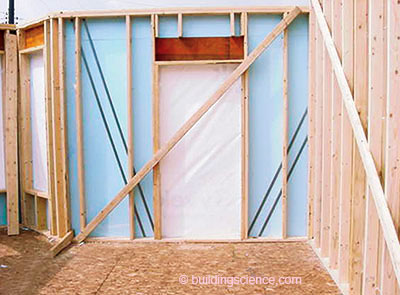

Continuous rigid insulation for thermal break (above left); cellulose insulation (above right)
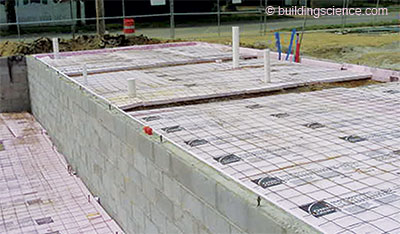
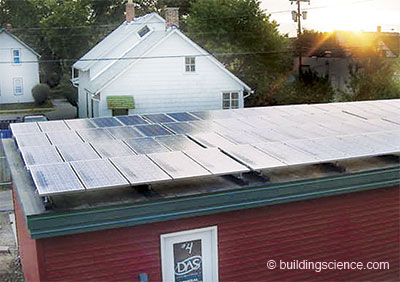
Slab-on-grade insulation (above left); photovoltaic panels on garage roof (above right)
Getting Started in Your New Home
The following are suggestions for helping you settle into your new home.
- Establish new utility service to your home in your name (gas, electric, water, television, telephone).
- Check the temperature setting on your thermostat — it may have been set quite a bit outside your comfort zone while the house was not occupied. Then, be patient; if the setting you have chosen is significantly different, it could take from a couple of hours to a couple of days to reach constant temperature and humidity, depending on just how extreme the weather is outside when you move in.
- Notify the post office, insurance companies and doctor’s offices, credit card companies, magazine subscriptions and newspapers, professional organizations of your new address.
- Remember to change the address on your driver’s license and passport or apply for a new one if you are moving from another state.
- Update your voter registration especially if you are moving to another voting district.
- Ask if you are eligible for a homestead exemption through your local county tax office.
- Do not use the job site dumpsters for your move-in trash; recycle your moving boxes by offering them to someone else who’s moving.
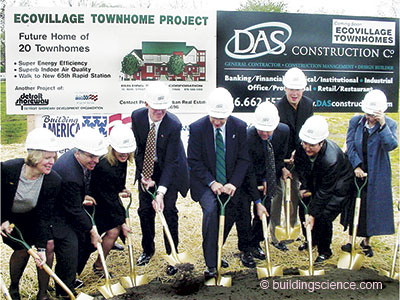
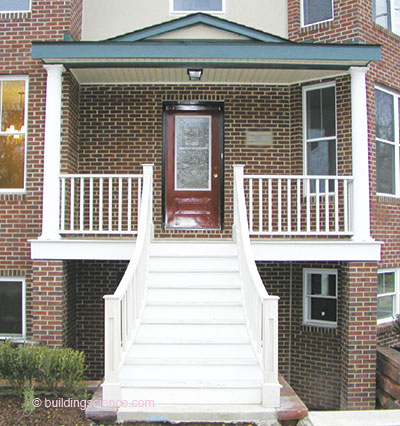
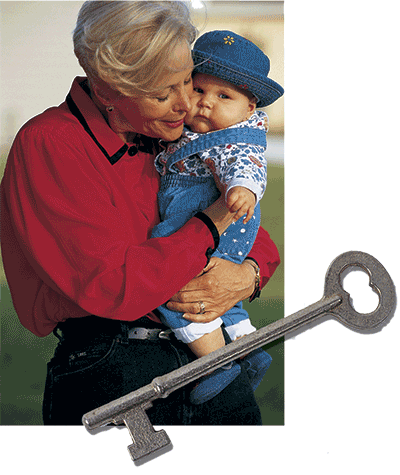
Helpful Hints
- Fill-out and mail the appliance warranty information cards.
- Locate the water main and gas main shut-off valves.
- Place fire extinguishers on each floor of your home, in your kitchen, and in your garage (if not provided).
- Locate the electrical service panel and main shut-off.
- Put emergency telephone numbers in an easy to reach place near the telephone or on speed dial.
- Put together a first aid kit.
- Start a basic tool kit including a hammer, pliers, screw drivers, utility knife, scissors, tape measure, duct tape, flashlight, batteries and a pencil.
- Vacuum out behind the filter grille wall assembly to remove any construction dirt or debris so it isn’t blown through the house when the system is turned on.
- Store touch-up paint and other flammable items in a safe location away from the water heater, air handler, fireplace or any other combustion sources.
- Smoke detectors are located in every bedroom and common areas. See page 18 for maintenance instructions.
Important Note:
We recommend you have an emergency evacuation plan in place that everyone in your household understands and can remember. Determine which is the best way to safely escape from different parts of the house when there is a fire, threat of fire, or gas leak. Have a safe, prearranged place to meet outside the house to be sure everyone who was in the house got out safely. Also, be available to answer any questions the fire or police department or gas company may need to have answered when they arrive. Notify your babysitter and/or housesitter of the plan as well.
Operating Your DSCD Development Home
There are some key differences in how you will operate your high-performance home compared to a standard new home. This section starts with items that will likely be new to you and then continues with more conventional operational considerations.
Operational Considerations
The heating and cooling requirements are not constant throughout your home; you should expect some temperature variation from room to room. Per design standards, ±3° from the thermostat location is normal. The relationship of the amount of window or glass doors to the size of a room and sun location can cause greater temperature variations. So prudent use of window shades, blinds and curtains may be needed. . .
Download complete document here.
Footnote:
* Building America is a Department of Energy housing initiative for innovative production home builders. For more information, see http://www.eren.doe.gov/building_america/index.html.
